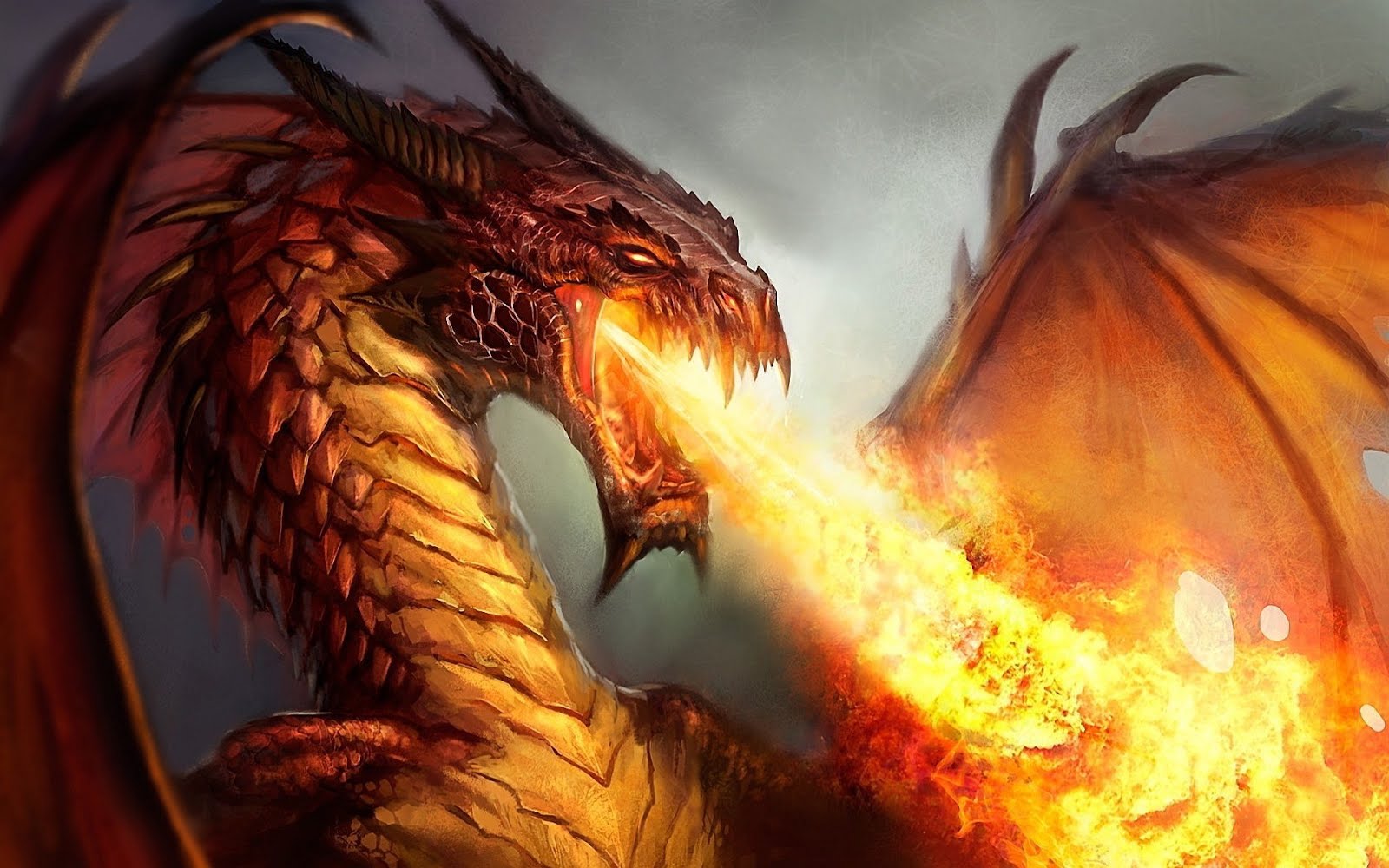"Computational thinking refers to the thought processes involved in expressing solutions as computational steps or algorithms that can be carried out by a computer."
- (Cuny, Snyder, & Wing, 2010; Aho, 2011; Lee, 2016)
SYNCHRONOUS WORK:
It is critical in our modern society that students know, and understand the basics of computer science and programming. During the month of December, we will be working on the Express Course created by Code.org. Today you will learn some basics about Computational Thinking and some basic computer science vocabulary by playing the DICE RACE GAME in class.
Please review the following video to learn about why computer science is vital in schools:
Participation in all in-class activities and surveys is vital. You must understand the vocabulary below, complete the Computational Thinking exercise, and play the Dice Race Game to understand the basics of computer science, and why it is important that you learn to code. We are surrounded by devices capable of making our lives easier. Knowing how they work, and how they impact your lives is a critical skill for high school students. Additionally, many careers now involve some form of programming or basic knowledge of computer science. It can be a pathway to a future career or a skill that helps you understand math, logic, science, or other STEM subjects more easily.
(❗️) Sign up for a Code.org Account using your TF Google Apps for EDU and join our online class (Express Course) using a code from Mr. Scribner
Step 1: Sign in to your Tech Freire Google Account
Step 2: Go to https://studio.code.org/users/sign_in, click RED Google Sign In Button
Step 3: Email Mr. Scribner for the TF Digital Literacy class code to join our section
Step 4: Go to https://studio.code.org/join and enter the class code.
Note: These steps will add you to our class list for the Express Course for the specific class period that you take Digital Literacy. We will be working through the levels of this program all month in December. Please note that there will be levels done together in class, time to ask questions and get additional help, and lessons and levels required on ASYNCHRONOUS days to keep up with the material. Make sure you check Google Classroom to stay up-to-date as we progress through this course together.
ASYNCHRONOUS WORK:
(❗️) Go to botlogic.us and create an account (or just click the under 12 button to proceed). Work through the levels until you get past the 4th Level. Take a screenshot of your progress and email it to Mr. Scribner (harvey.scribner@techfreire.org) for credit.
This is a very basic site to learn to build programs using block-based coding. By making the robot move through the maze you are creating algorithms for the application to run. This will be the basis of how programs work in the Code.org Express Course that we are starting this week. Good Luck! - Mr. S
VOCABULARY
Decompose: Break a problem down into smaller pieces
Pattern Matching: Finding similarities between things
Abstraction: Pulling out specific differences to make one solution work for multiple problems
Loop: Repeating a step, or series of steps over, or again.
Algorithm: A series of steps to complete a task
Program: Algorithm is written for a computer or machine to complete a task(s)
Code: Language used to create a program for computers or machines to understand
I am providing videos to help you understand the basic ideas we are learning in class in case you miss the SYNCHRONOUS Class today. Please review the videos below if you need to see the Dice Race Game or Computational Thinking section of the lesson.
Computational Thinking

No comments:
Post a Comment
Note: Only a member of this blog may post a comment.